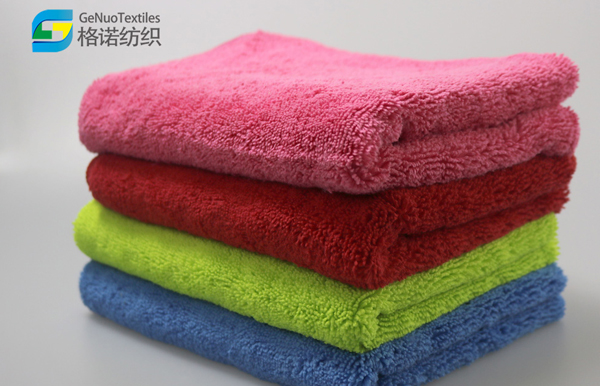The easy way to identify the composition of clothing fabrics is the combustion method. The method is to draw a yarn containing warp and weft yarns from the seam of the garment, ignite it with fire, observe the state of the burning flame, smell the smell of the burning yarn, and see the residue after burning, so as to judge. Whether it is consistent with the fabric composition marked on the clothing durability label to identify the authenticity of the fabric composition.
1. Cotton fiber and hemp fiber
Both cotton fibers and hemp fibers are flammable when they are close to the flame, burning rapidly, the flame is yellow, and blue smoke is emitted. The difference between the odors emitted by the two during combustion and the ashes after burning is that cotton burns to give off the smell of paper, while hemp burns to give off the smell of plant ash; after burning, cotton has very little powder ash, which is black or gray, while hemp produces a small amount of off-white powder ash.
2. Wool fiber and silk
When the hair is exposed to fire, it emits smoke, foams when it burns, the burning speed is slow, and it emits a burnt smell of burning hair. When exposed to fire, the silk shrinks into a ball, and the burning speed is slow, accompanied by a sizzling sound, exuding a burning smell of hair, and after burning, it forms black-brown spherical ashes, which are broken when twisted by hand.

3. Nylon and polyester
The scientific name of nylon is polyamide fiber. It quickly crimps and melts into a white gel when near the flame. It melts and drips and foams in the flame. There is no flame when burning. It is difficult to continue to burn when it leaves the flame. Things are not easily crushed. The scientific name of polyester is polyester fiber. It is easy to ignite, and it melts near the flame. When burning, it melts and emits black smoke. It has a yellow flame and emits a fragrant smell.
4, acrylic and polypropylene
The scientific name of acrylic fiber is polyacrylonitrile fiber. It softens and shrinks near fire, emits black smoke after ignition, and the flame turns white. . The scientific name of polypropylene fiber is polypropylene fiber. It melts near the flame and is flammable. It burns slowly and emits black smoke from the fire. The upper end of the flame is yellow and the lower end is blue. broken.
5, vinylon and vinylon
The scientific name of vinylon is polyvinyl formal fiber. It is not easy to ignite. It melts and shrinks near the flame. When burning, there is a little flame at the top. When the fiber is melted into a jelly, the flame becomes larger, there is thick black smoke, and it emits a bitter smell. After burning, it remains black. Small bead-like particles that can be crushed with fingers. The scientific name of polyvinyl chloride fiber is polyvinyl chloride fiber. It is difficult to burn, and it will be extinguished immediately after leaving the fire. The flame is yellow, and the lower end is green and white smoke.
6. Spandex and Fluorine
The scientific name of spandex is polyurethane fiber. It burns while melting near the fire. When burning, the flame is blue. When it leaves the fire, it continues to melt and burn, giving off a special pungent odor. After burning, the ashes are soft and fluffy black ash. The scientific name of fluorine is polytetrafluoroethylene fiber, which is called fluorite fiber by the ISO organization. It only melts near the flame, is difficult to ignite, and does not burn. The edge flame is blue-green carbonized, melted and decomposed, the gas is poisonous, and the melt is hard and round black. beads. Fluorocarbon fibers are commonly used in the textile industry to make high-performance sewing threads.
7, viscose fiber and cupro ammonium fiber
Viscose fiber is flammable, burns very fast, the flame is yellow, the smell of hot paper is dissipated, the ashes are less after burning, and it is a smooth twisted band-shaped light gray or gray-white fine powder. Copper ammonium fiber, commonly known as tiger kapok, burns near the flame, the burning speed is fast, the flame is yellow, the ester acid smell is emitted, the ash after burning is very small, and the microfiber fabric has only a small amount of gray-black ash.


Contact: Miss Xiao
Tel: +86 18906226220
Mail: 39632880@qq.com
Website: www.tcgenuo.com
Address: Group 30, Guizhuangzhuang West Village, Shaxi Town, Taicang City, Suzhou City